MARIANI’SVirtual Gourmet
December 18,
2011
NEWSLETTER
HOME
| BOOKS
| CONTACT
| ABOUT US

❖❖❖
A HAPPY ANNOUNCEMENT: My new book How Italian Food Conquered the World (Palgrave-Macmillan) has just won top prize 2011 from the Gourmand World Cookbook Awards.
OLD AMSTERDAM
Part One
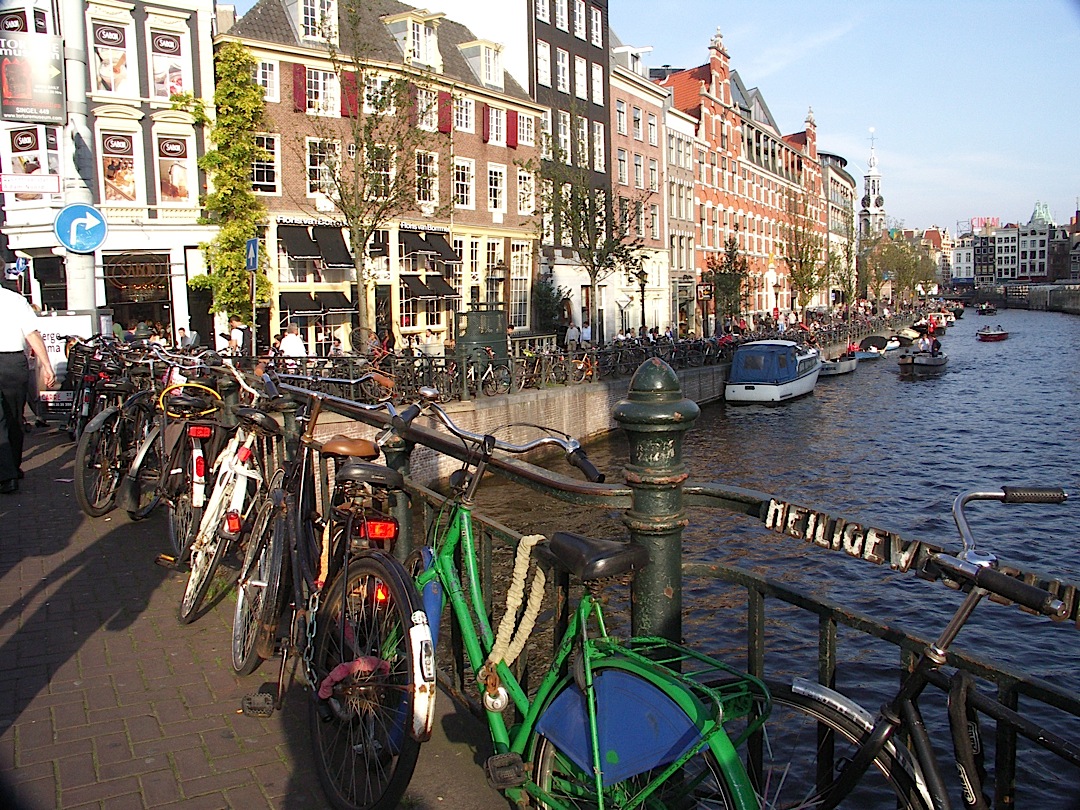
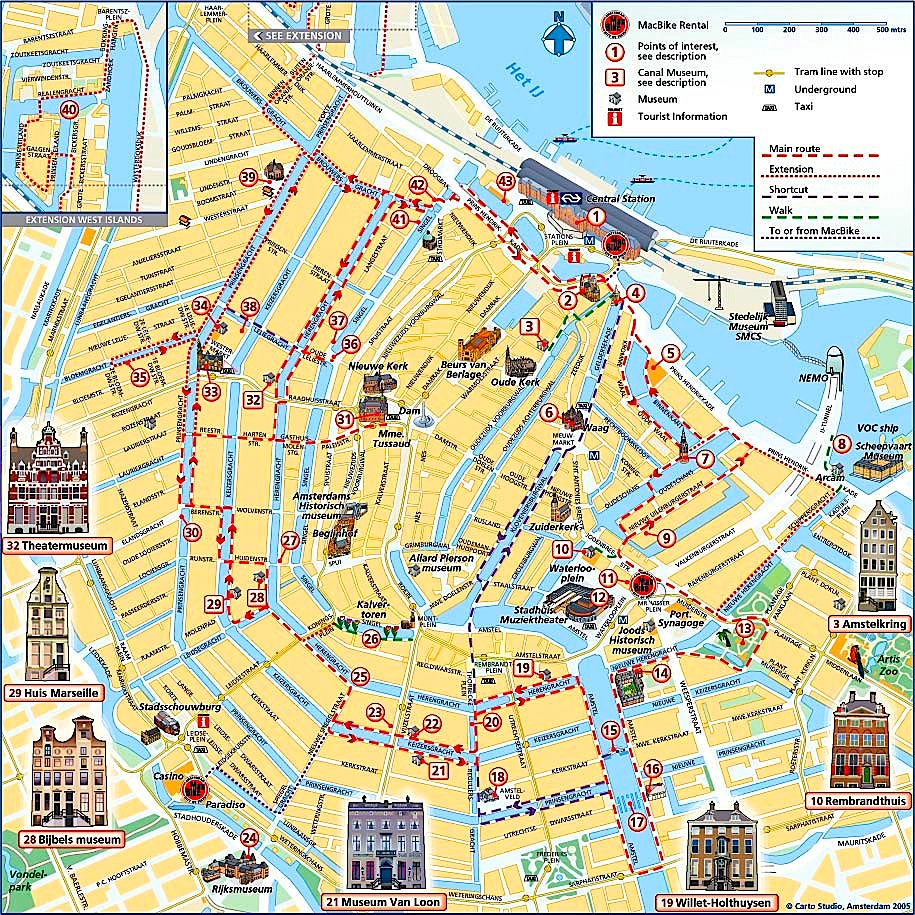 Like
all great world capitals, Amsterdam is a great
walking city, and its semi-circular, arching
grid lay-out, crisscrossed with canals and
bridges--400 of them, begun in the 17th
century--makes it a very easy city to navigate.
A few hours' stroll will pretty much give you
the entire scope of the historic part of the
city south of the train station. Choose
your form of transport, bicycle or boat, and you
can take in the landscape with ease. (They
do have cars in Amsterdam but traffic is not one
of the big problems of this modern metropolis.)
Near perfect
English is spoken by literally everyone, about
780,000 natives.
Like
all great world capitals, Amsterdam is a great
walking city, and its semi-circular, arching
grid lay-out, crisscrossed with canals and
bridges--400 of them, begun in the 17th
century--makes it a very easy city to navigate.
A few hours' stroll will pretty much give you
the entire scope of the historic part of the
city south of the train station. Choose
your form of transport, bicycle or boat, and you
can take in the landscape with ease. (They
do have cars in Amsterdam but traffic is not one
of the big problems of this modern metropolis.)
Near perfect
English is spoken by literally everyone, about
780,000 natives.
But you'll need days more to
visit the principal artistic and cultural sites.
To make a dent in Amsterdam's myriad restaurants
(which I will be writing about in an upcoming
column), would take far longer, from the
Indonesian rijstaffel eateries to the
pubs and fine dining restaurants throughout.
On a recent visit, during a
warm autumn week, we stayed at the Park Hotel
(Stadhouderskade
25; Tel: 31-20- 6711 222), across the
street from the Singlegracht Canal and just five
minutes walk from the Rijksmuseum and Van Gogh
Museum. The Hotel (below) is
of modest size, very comfortable, modern, and
popular for business; the morning buffet
at the 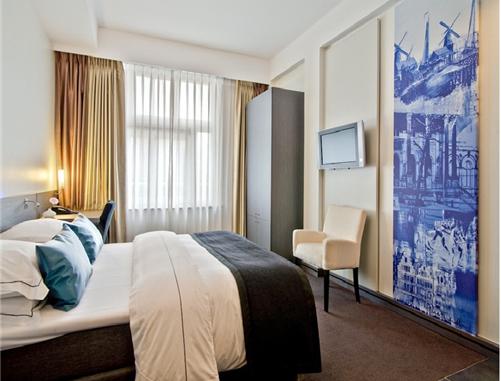 Momo
Restaurant (with children's menu) is
excellent and highly diverse. Nice touch: the
hotel is completely non-smoking, as are all
restaurants indoors in Amsterdam. The service
personnel range from mildly cordial to
occasionally lax. The amenities are of high
quality--crisp linens and pillows, rainforest
shower, flat screen TV, 24-hour gym, work
desk--and there's a good library in the
lobby. You can also rent bikes and
scooters here, which will make you seem one of
the locals. And one of the city's best high
fashion streets is right around the corner from
the hotel, on Hoofstraat, with all the principal
European designer boutiques and a spanking new
Taschen bookstore well worth visiting.
Momo
Restaurant (with children's menu) is
excellent and highly diverse. Nice touch: the
hotel is completely non-smoking, as are all
restaurants indoors in Amsterdam. The service
personnel range from mildly cordial to
occasionally lax. The amenities are of high
quality--crisp linens and pillows, rainforest
shower, flat screen TV, 24-hour gym, work
desk--and there's a good library in the
lobby. You can also rent bikes and
scooters here, which will make you seem one of
the locals. And one of the city's best high
fashion streets is right around the corner from
the hotel, on Hoofstraat, with all the principal
European designer boutiques and a spanking new
Taschen bookstore well worth visiting.
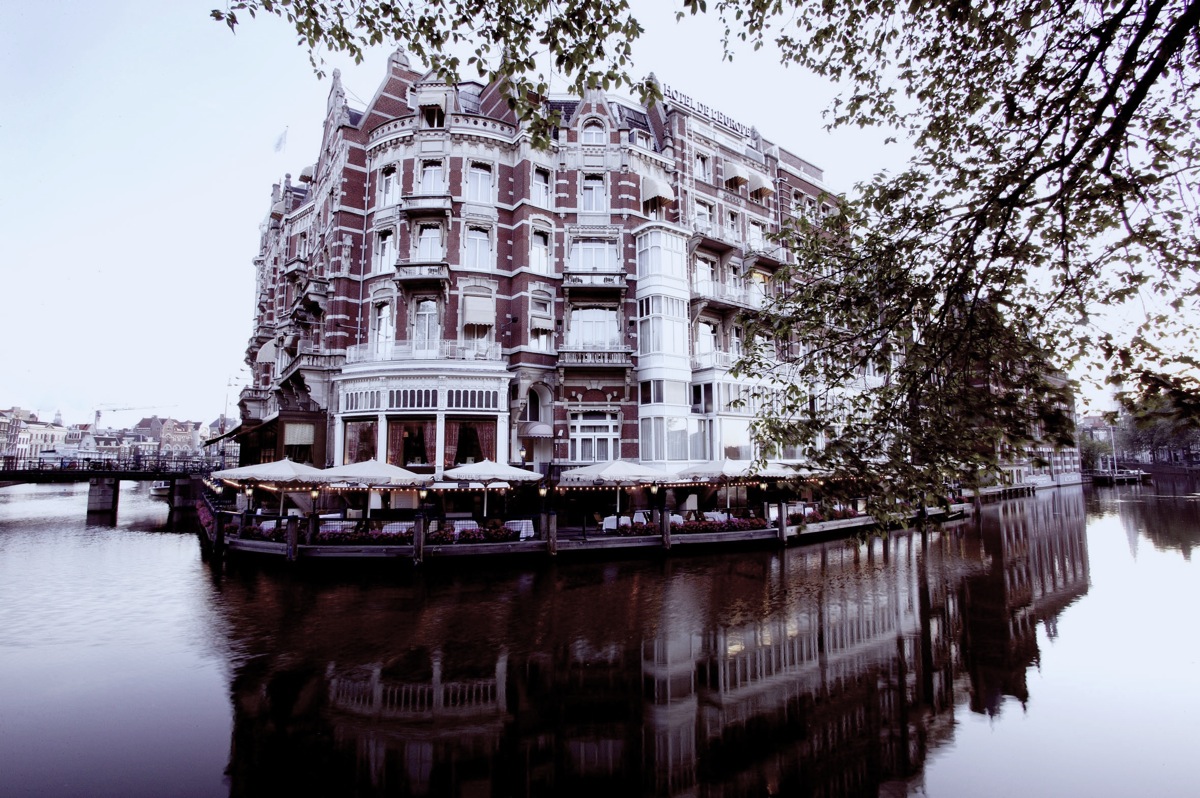 I
dined well but did not have a chance to stay at
the gorgeously renovated 111-room Hotel de
L’Europe (Nieuwe
Doelenstraat 2-14; Tel. 31-20-531-1777; left),
built in 1896 on the former premises of an
in dating to 1638. Overlooking the
Amstel River, the hotel's stateliness, with
Dutch master paintings from the collection of
Freddy Heineken, has been lightened up and
brought into the 21st century. Back
in 1940 the
hotel was the backdrop for scenes in
Alfred Hitchcock’s film “Foreign Correspondent.”
I
dined well but did not have a chance to stay at
the gorgeously renovated 111-room Hotel de
L’Europe (Nieuwe
Doelenstraat 2-14; Tel. 31-20-531-1777; left),
built in 1896 on the former premises of an
in dating to 1638. Overlooking the
Amstel River, the hotel's stateliness, with
Dutch master paintings from the collection of
Freddy Heineken, has been lightened up and
brought into the 21st century. Back
in 1940 the
hotel was the backdrop for scenes in
Alfred Hitchcock’s film “Foreign Correspondent.”
Its restaurant Bord’Eau,
which I will be reporting on soon, is one of the
best new fine dining rooms in Europe, and the
bar one of the most sophisticated. At the
moment, the hotel is offering a New
Year's package (256 euros-499 euros) with
a gala six-course dinner and magnum of
Champagne. 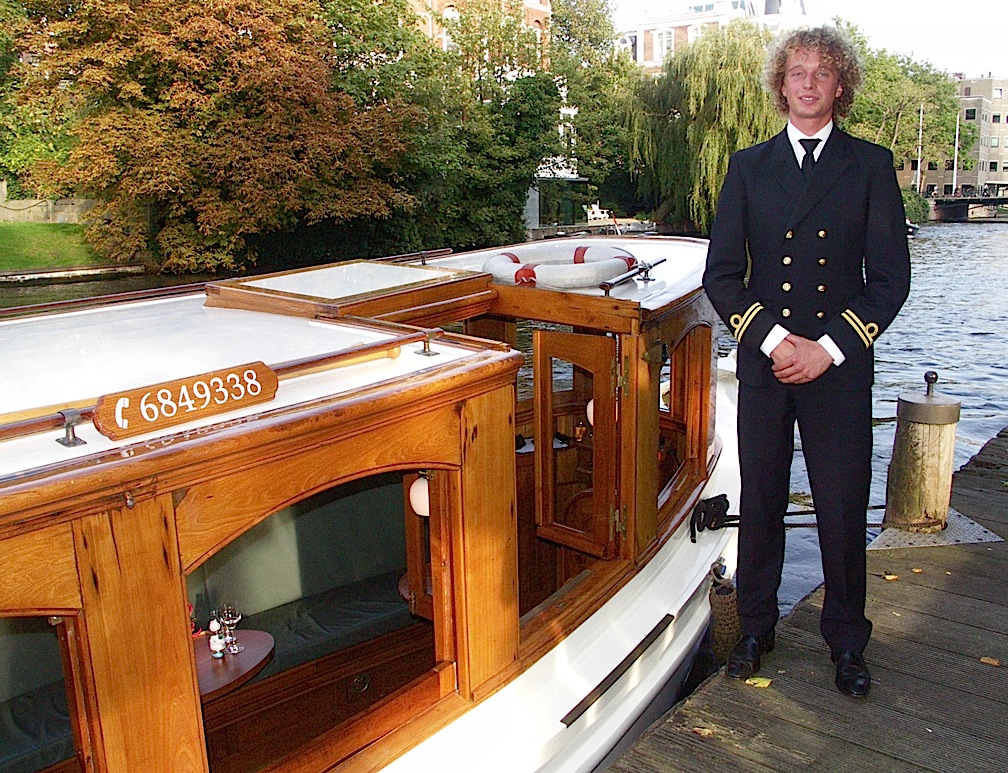
The hotel is also where, just outside its
doors, you can rent a marvelous old classic
wooden saloon boat through Privateboat
Tours (31-20-684-9338;
right), which will pick you up dockside
and meander for an hour or so through the city,
past numerous neighborhoods and sights. You can
also book breakfast, snacks or a dinner cruise.
It’s really enchanting, whether during the day
or when the night comes over the city. Rates,
for various boats, run 200 euros to 350 euros
for the first hour.
The
two must-see cultural institutions in town are
the Rijksmuseum
(Jan Luykenstraat 1) and Van Gogh Museum
(Paulus
Potterstraat 14), both within walking yards 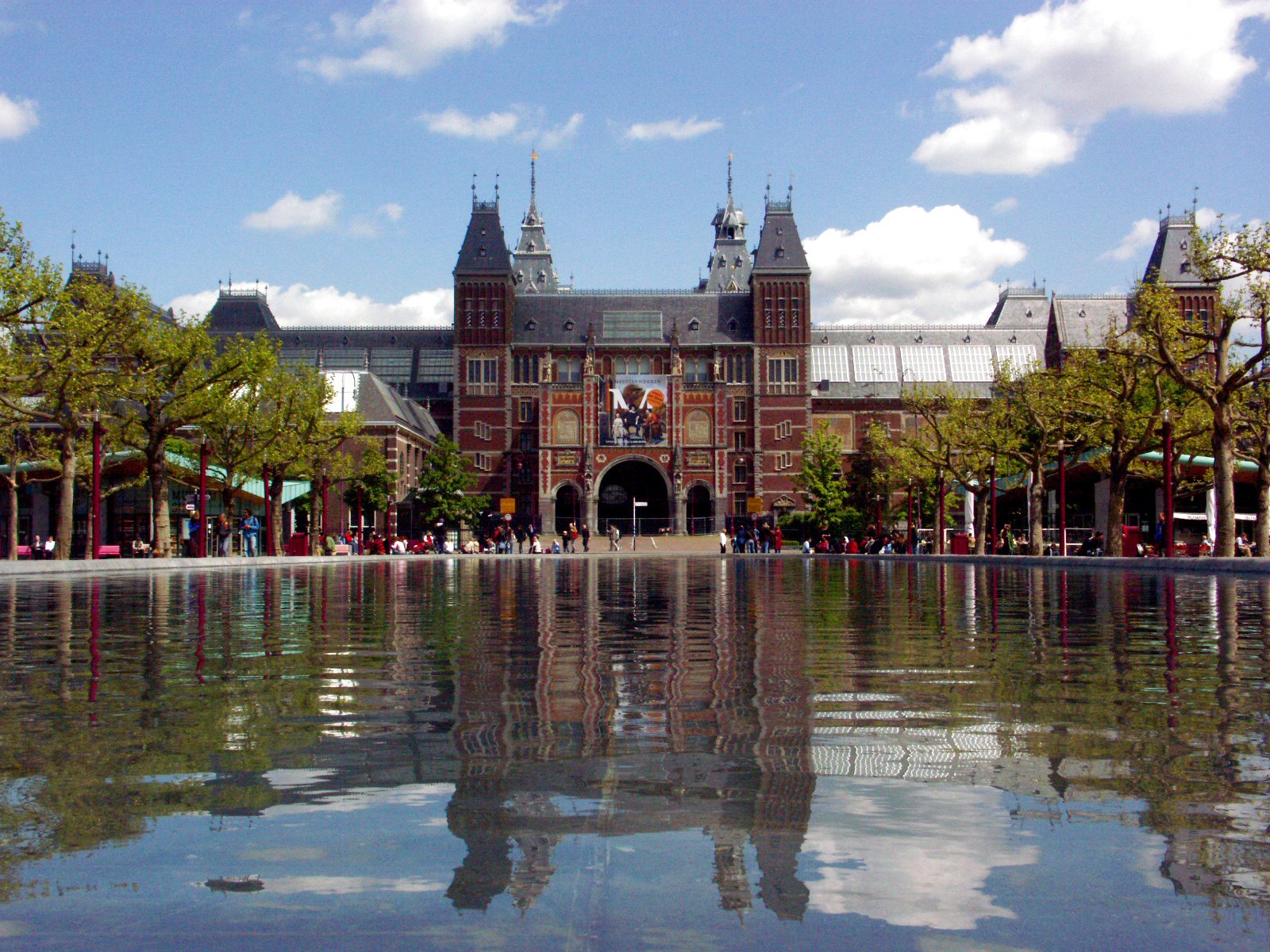 of one another.
The former (below)
has been in a state of needed restoration and
expansion, so only a part of the museum is open
for the time being; fortunately the directors
have gathered the museum's very finest and most
famous works together in those open rooms, and
if you are deprived of seeing everything, a
couple of hours in these splendid rooms will
more than enchant you with a grandeur that
demonstrates the dominance of 17th century Dutch
art. In full view are all the masterpieces,
including Rembrandt's newly lighted "Night
Watch," an awesome number of exquisite Vermeers,
Franz Hals portraits, landscapes, and so much
more that will easily fill a morning or
afternoon's visit.
of one another.
The former (below)
has been in a state of needed restoration and
expansion, so only a part of the museum is open
for the time being; fortunately the directors
have gathered the museum's very finest and most
famous works together in those open rooms, and
if you are deprived of seeing everything, a
couple of hours in these splendid rooms will
more than enchant you with a grandeur that
demonstrates the dominance of 17th century Dutch
art. In full view are all the masterpieces,
including Rembrandt's newly lighted "Night
Watch," an awesome number of exquisite Vermeers,
Franz Hals portraits, landscapes, and so much
more that will easily fill a morning or
afternoon's visit.
The Van Gogh Museum (below), a
very modern, if not particularly attractive,
structure, is a monumental tribute to one
artist, whose progression from self-taught
painter and imitator of his contemporaries to an
artist of unique creativity is told room by
room, and you can readily see how he struggled 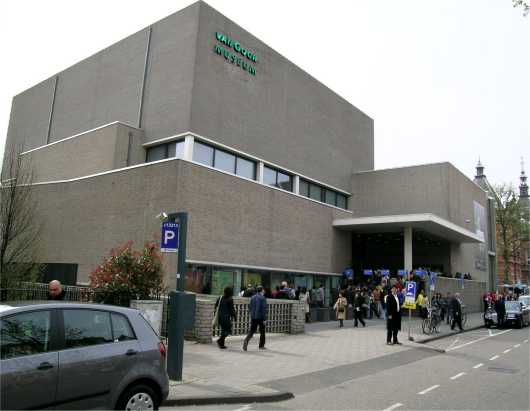 with his
art, always learning, ever incorporating,
constantly refining until his work looked like
no one else's, then or now. Critics'
overly excitable psycho-biographies of Van Gogh,
with incidents of self-mutilation and his sad
suicide, pale behind these extraordinary
paintings, which are far more beautiful than
they are mere personal statements of a man who
was alternately deeply depressed and amazingly
joyful. The work, more than any of his
era, speaks for itself.
with his
art, always learning, ever incorporating,
constantly refining until his work looked like
no one else's, then or now. Critics'
overly excitable psycho-biographies of Van Gogh,
with incidents of self-mutilation and his sad
suicide, pale behind these extraordinary
paintings, which are far more beautiful than
they are mere personal statements of a man who
was alternately deeply depressed and amazingly
joyful. The work, more than any of his
era, speaks for itself.
Then, of course, there is the Anne Frank
House (below),
commemorating the 15 year-old girl who lived
through the Nazi Occupation and died in a
concentration camp, but who wrote those immortal
lines, "In spite of everything, I still believe
that people are basically good at heart."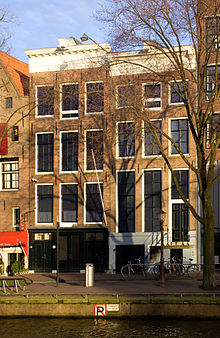
Amsterdam
is also home to a wide array of museums and
cultural institutions, including the Historic Amsterdam Museum,
which tells the story of Amsterdam and the
Dutch; the Nieuwe
Kerk, a Late Gothic church with an
unfinished spire; the Nederlands
Theater Museum; even a Woonboatmuseum,
which exhibits what life on a houseboat was
like, and a Hash
Marijuana Hemp Museum with 1,000
artifacts.
I heartily recommend that
everyt beer lover, or anyone wondering how beer
is made, visit Heineken
Experience (Stadhouderskade
78; 31 20 523 9483), a multi-storied
interactive exhibition (below) that includes a section
housing the copper-plated brewing equipment, and
ending off with a chance not only to have a free
beer, as part of the admission, but also to
mingle with a young crowd that clearly has
like-minded interests in socializing. There is
also The
House of Bols Cocktail & Genever
Experience, just across from the Van
Gogh. During a self-guided tour you’ll learn the
history of the genever company founded by Lucas
Bols in 1575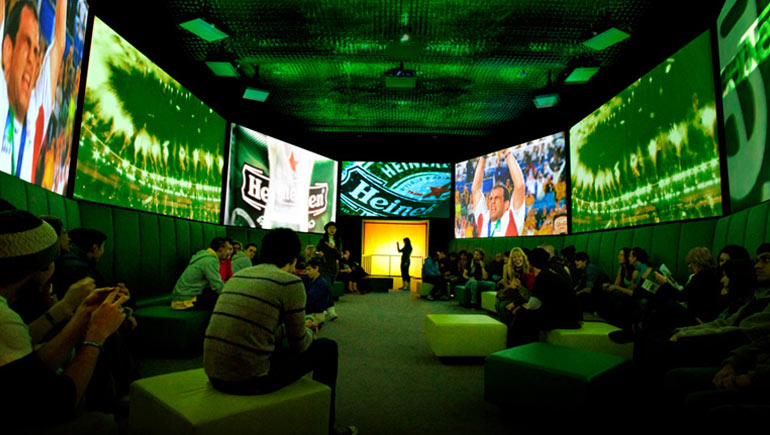 and
pass through a gorgeously lighted Hall of Taste
(below)
where you can touch and smell the ingredients
that go into genever, and sniff from 36
“puffers” of flavorings from strawberry to white
mint, coffee to peach. Then you end off at a
bar/lounge called the World of Cocktails, where
they’ll make you any of hundreds of cocktails
made from scores of Bols genevers. There’s even
a Ladies Night special discount, and you can
sign up for the Bols Bartending Academy to
become a registered bartender. You will also learn the
proper way to drink genevers, which involves
leaning over to take a sip from a full shot
glass on the table without picking it up. And if
you follow a beer with a chaser of genever, it’s
called a kopstoot
(headbutt) in Flanders.
and
pass through a gorgeously lighted Hall of Taste
(below)
where you can touch and smell the ingredients
that go into genever, and sniff from 36
“puffers” of flavorings from strawberry to white
mint, coffee to peach. Then you end off at a
bar/lounge called the World of Cocktails, where
they’ll make you any of hundreds of cocktails
made from scores of Bols genevers. There’s even
a Ladies Night special discount, and you can
sign up for the Bols Bartending Academy to
become a registered bartender. You will also learn the
proper way to drink genevers, which involves
leaning over to take a sip from a full shot
glass on the table without picking it up. And if
you follow a beer with a chaser of genever, it’s
called a kopstoot
(headbutt) in Flanders.
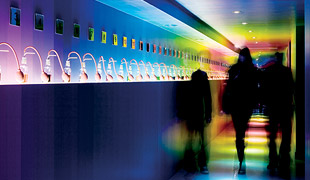 Also,
visit one of the many "brown cafés,"
so-called because the barebones décor
tends to be in that color. They are friendly
neighborhood pubs, with limited food options,
and most don't take credit cards.
Also,
visit one of the many "brown cafés,"
so-called because the barebones décor
tends to be in that color. They are friendly
neighborhood pubs, with limited food options,
and most don't take credit cards.
I suppose I cannot escape
saying something about Amsterdam's notorious Red
Light District, which in all candor, I
find distressing, but, if there is any degree of
taste in such things, it is done with a modicum
of it. With the women arrayed like
sideshow freaks in storefronts and crowds
of the curious filing by pointing fingers and
snickering, it is a trail of nervous
titillation, with plenty of porn and sex shops
to go along with the sordidness of it all.
But that kind of license is
but a small part of Amsterdam's, and the
Netherlands' liberal policies towards their own
people, who know very well how to enjoy life and
leave others to theirs.
One warning I picked up from
an Amsterdammer: with the onset of global
warming the water levels city's canals are
unquestionably going to rise, and one look at
the slight gap between current water levels and
the sidewalks above them will tell you that the
future is going to be problematic for this city
built on water. But I am also told the
city fathers are looking into solutions, and
something tells me that long before Venice comes
to any conclusions about its own watery demise,
Amsterdam will have found a way through the
crisis. But go now, just to be sure.
NEW
YORK CORNER
By
John Mariani
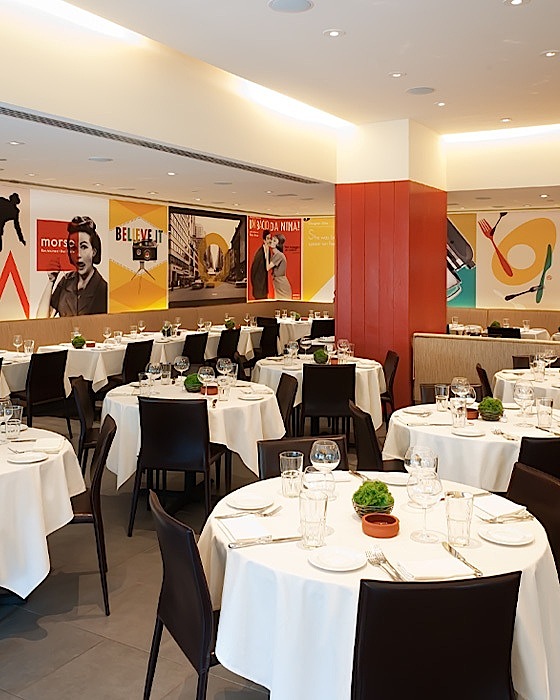 MORSO
MORSO
420
East 59th
Street (Between
First Avenue and York Avenue)
212-759-2706
www.morso-nyc.com
As I detail
in my book, How Italian Food
Conquered the World, Pino Luongo (below) has been
one of the most important progenitors of modern
Italian restaurants in NYC since starting as a waiter
at Da Silvano, then opening his own Tuscan trattoria,
Il Cantinori in Greenwich Village. Since then he
has opened (and closed) many restaurants, including Le
Madri, Cocopazzo, and Tuscan Square, but for the
past few years has had a consistent hit with Centolire
on the Upper East Side. Now, with the opening of
Morso (which means "morsel" in Italian, on premises in
the shadow of the 59th Street  Bridge, he has what I think
will be another hit.
Bridge, he has what I think
will be another hit.
Morso, in its bright conviviality
and focused menu, is a winning contrast to the
faux-rustic trattoria style of the past couple of
years, and the food, while straightforward and
traditional, has small touches that make big
differences, not least in the perfect al dente
tenderness of the pastas, which so many NYC Italian
restaurants continue to botch. The prices are right,
too: Nearly every dish is offered in small ($14-$16)
or large ($24-$30) portions, the most expensive item
being bistecca
alla fiorentina at $58, but that's for two
people. The wine list, by Alessandro Bandini, is
intelligently chosen, and there are featured Morso
cocktails you should take a chance on.
The 86-seat dining room (with
a patio when good weather returns) is a riot of color,
provided by a pastiche of poster art that evokes Italy
circa 1960. The chairs are leather and very
comfortable, the floors slate, and the lighting ideal,
as is a decibel level that allows for good
conversation.
Exec chef Tim
Ryan, formerly of Picholine and Bouley, sections out
his dishes into "Vegetables, Legumes & Grains,"
"Eggs & Cheese," Daily Specials, and meats, game,
and seafood. By all means, start off with a
plate of Gorgonzola fritters with sweet roasted pears,
endive, frisée, spiced walnuts and an apple
cider vinaigrette (below,
right)--in a large portion it would make a
terrific lunch. Equally good is the poached egg
with lamb sausage, chick pea fries and a rich fontina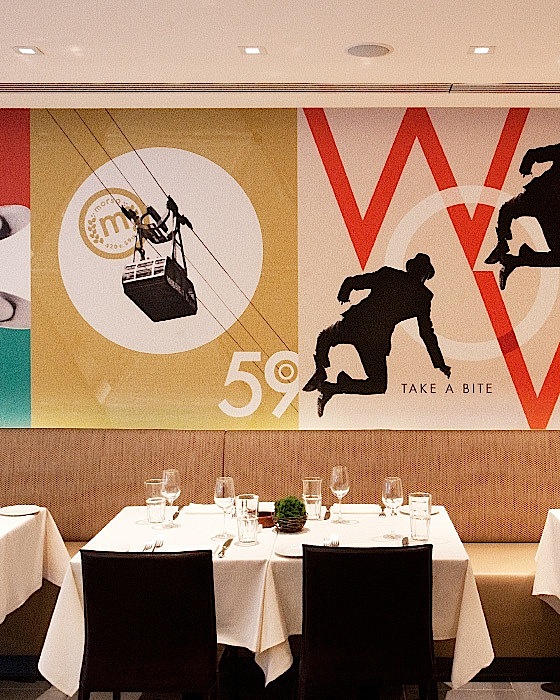 cheese sauce much better
than most Hollandaise sauces. A wise choice for
brunch.
cheese sauce much better
than most Hollandaise sauces. A wise choice for
brunch.
There are pastas throughout the
sections of the menu, and if you love spaghetti alla carbonara
but too often get a mess of cream and limp bacon on
overcooked pasta, go to Morso and revel in the perfect
rendering here, with firm spaghetti, guanciale, sweet
golden onions, and pecorino cheese to give it
bite. A different risotto is offered each day,
and our Thursday night table was lucky to have the
succulently prepared, tenderly cooked rice with plenty
of lobster morsels.
The game dish of the evening was
wild boar, done in big 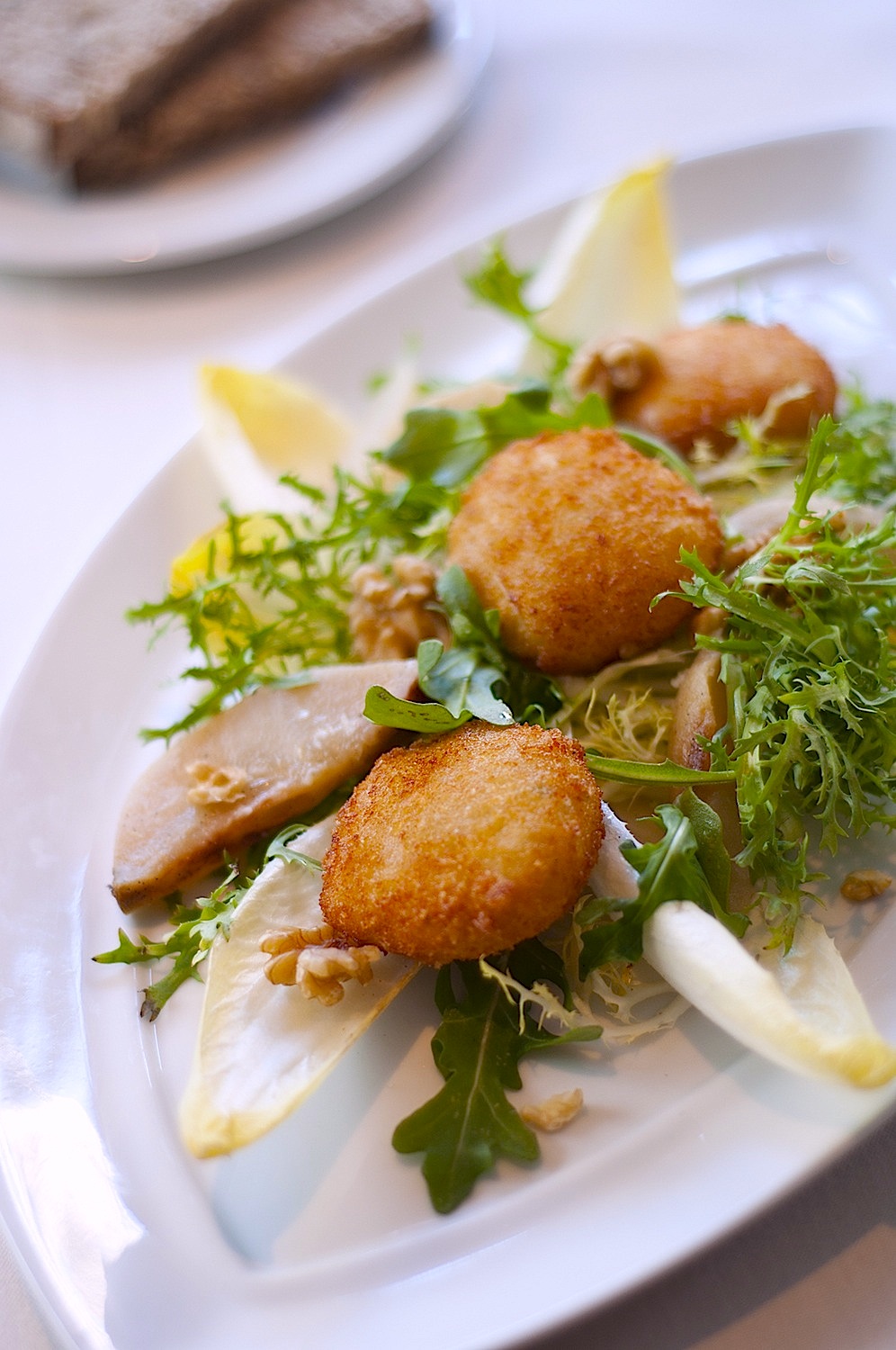 slices, and it
was a fine counterpoint to the roast suckling pig,
which had all of its wonderful fattiness intact within
crackling mahogany-colored skin. Grilled lamb
chops were of excellent quality, nicely trimmed, with
crispy eggplant and lamb roll, white beans, and mint
sauce. Sautéed sea scallops, cooked just past
translucence, come with a generous addition of spicy
chorizo, black rice (nice touch), roasted pepper and a
light sauce based on limoncello that adds both citrus
zest and additional sweetness to the scallops.
slices, and it
was a fine counterpoint to the roast suckling pig,
which had all of its wonderful fattiness intact within
crackling mahogany-colored skin. Grilled lamb
chops were of excellent quality, nicely trimmed, with
crispy eggplant and lamb roll, white beans, and mint
sauce. Sautéed sea scallops, cooked just past
translucence, come with a generous addition of spicy
chorizo, black rice (nice touch), roasted pepper and a
light sauce based on limoncello that adds both citrus
zest and additional sweetness to the scallops.
The desserts don't go much
beyond the usual clichés at Italian
restaurants, but they are well made.
Each time Luongo has opened a new
restaurant, it has been regarded by other
restaurateurs as some kind of signal, a change in the
wind. Morso is not trying to radicalize our ideas
about Italian restaurants; it is, however, a sign that
the ideas underpinning la dolce vita--gusto, brio, playful
sexiness--can make the idea of a cramped, noisy Xerox
copy of yet another downtown trattoria seem a little
passé.
❖❖❖
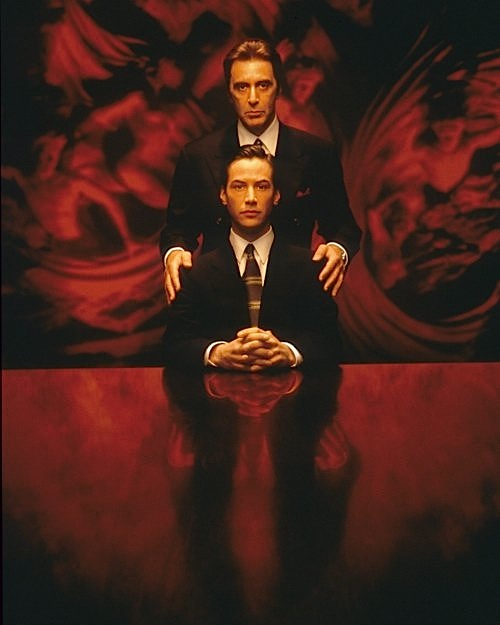
A NYC lawyer
has filed a $730,000 lawsuit against the Setai Club
and Spa Wall Street for reneging on its promise of a
“complimentary full breakfast” with his $5,000 annual
membership fees. Attorney Richard Katz told Gothamist, "They
had a full restaurant menu like you get in a hotel --
omelets, pancakes, waffles, yogurts, meats, juices,
whatever you wanted.” But since September, the spa, he
said, started serving just a cold buffet on the
roof deck. The club allowed Katz to quit and
gave him a prorated refund of his fees, but Katz told
them, “It’s just not that easy.”
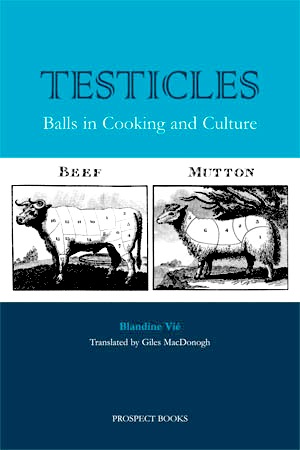
A NEW BOOK WE CAN'T
WAIT TO READ AND SHARE
WITH FRIENDS
❖❖❖
Any of John Mariani's
books below may be ordered from amazon.com.
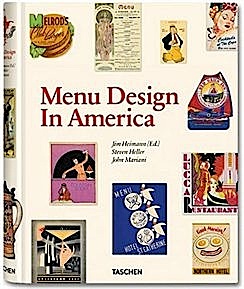 |
My latest book, written with Jim Heimann and Steven Heller, Menu Design in America, 1850-1985 (Taschen Books), has just appeared, with nearly 1,000 beautiful, historic, hilarious, sometimes shocking menus dating back to before the Civil War and going through the Gilded Age, the Jazz Age, the Depression, the nightclub era of the 1930s and 1940s, the Space Age era, and the age when menus were a form of advertising in innovative explosions of color and modern design. The book is a chronicle of changing tastes and mores and says as much about America as about its food and drink.
“Luxuriating vicariously in the pleasures of this book. . . you can’t help but become hungry. . .for the food of course, but also for something more: the bygone days of our country’s splendidly rich and complex past. Epicureans of both good food and artful design will do well to make it their cofee table’s main course.”—Chip Kidd, Wall Street Journal.
“[The menus] reflect the amazing craftsmanship that many restaurants applied to their bills of fare, and suggest that today’s restaurateurs could learn a lot from their predecessors.”—Rebecca Marx, The Village Voice. |
"Eating Italian will never be the same after reading John Mariani's entertaining and savory gastronomical history of the cuisine of Italy and how it won over appetites worldwide. . . . This book is such a tasteful narrative that it will literally make you hungry for Italian food and arouse your appetite for gastronomical history."--Don Oldenburg, USA Today. "Italian
restaurants--some good, some glitzy--far
outnumber their French rivals. Many of
these establishments are zestfully described
in How Italian Food Conquered the World, an
entertaining and fact-filled chronicle by
food-and-wine correspondent John F.
Mariani."--Aram Bakshian Jr., Wall Street
Journal.
"Equal parts history,
sociology, gastronomy, and just plain fun,
How Italian Food Conquered the World tells
the captivating and delicious story of the
(let's face it) everybody's favorite
cuisine with clarity, verve and more than
one surprise."--Colman Andrews, editorial
director of The Daily Meal.com. "A
fantastic and fascinating read, covering
everything from the influence of Venice's
spice trade to the impact of Italian
immigrants in America and the evolution of
alta cucina. This book will serve as a
terrific resource to anyone interested in
the real story of Italian food."--Mary Ann
Esposito, host of PBS-TV's Ciao Italia. "John
Mariani has written the definitive history of
how Italians won their way into our hearts,
minds, and stomachs. It's a story of
pleasure over pomp and taste over
technique."--Danny Meyer, owner of NYC
restaurants Union Square Cafe, Gotham Bar
& Grill, The Modern, and Maialino.
|
 |
 |
 |
 |
 |
 |
 |
 |
 Everett Potter's Travel Report:
Everett Potter's Travel Report: 
 Eating Las Vegas
is the new on-line site for Virtual Gourmet
contributor John A. Curtas., who since 1995
has been commenting on the Las Vegas food
scene and reviewing restaurants for Nevada
Public Radio. He is also the
restaurant critic for KLAS TV, Channel 8 in
Las Vegas, and his past reviews can be
accessed at KNPR.org.
Click on the logo below to go directly to
his site.
Eating Las Vegas
is the new on-line site for Virtual Gourmet
contributor John A. Curtas., who since 1995
has been commenting on the Las Vegas food
scene and reviewing restaurants for Nevada
Public Radio. He is also the
restaurant critic for KLAS TV, Channel 8 in
Las Vegas, and his past reviews can be
accessed at KNPR.org.
Click on the logo below to go directly to
his site.

Tennis Resorts Online: A Critical Guide to the World's Best Tennis Resorts and Tennis Camps, published by ROGER COX, who has spent more than two decades writing about tennis travel, including a 17-year stretch for Tennis magazine. He has also written for Arthur Frommer's Budget Travel, New York Magazine, Travel & Leisure, Esquire, Money, USTA Magazine, Men's Journal, and The Robb Report. He has authored two books-The World's Best Tennis Vacations (Stephen Greene Press/Viking Penguin, 1990) and The Best Places to Stay in the Rockies (Houghton Mifflin, 1992 & 1994), and the Melbourne (Australia) chapter to the Wall Street Journal Business Guide to Cities of the Pacific Rim (Fodor's Travel Guides, 1991).


The Family Travel Forum - A
community for those who "Have Kids, Still Travel" and
want to make family vacations more fun, less work and
better value. FTF's travel and parenting features,
including reviews of tropical and ski resorts, reunion
destinations, attractions, holiday weekends, family
festivals, cruises, and all kinds of vacation ideas
should be the first port of call for family vacation
planners. http://www.familytravelforum.com/index.html
ALL YOU NEED BEFORE YOU GO


MARIANI'S VIRTUAL GOURMET
NEWSLETTER is published weekly. Editor/Publisher: John
Mariani.
Contributing Writers: Christopher Mariani, Robert Mariani,
John A. Curtas, Edward Brivio, Mort Hochstein,
Suzanne Wright, and Brian Freedman. Contributing
Photographers: Galina Stepanoff-Dargery,
Bobby Pirillo. Technical Advisor: Gerry McLoughlin.
© copyright John Mariani 2011
